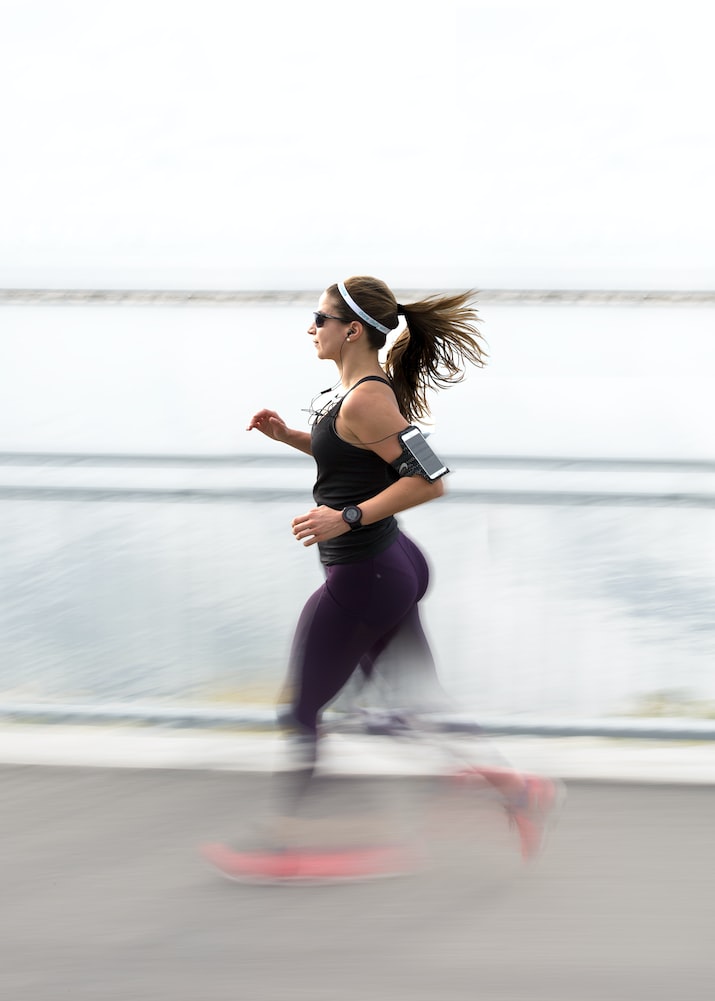Common Padel Injuries and Strategies for Prevention
3 min read
Common Padel Injuries and Strategies for Prevention
Padel is a thrilling sport that combines elements of tennis and squash. It’s fast-paced, strategic, and above all, a whole lot of fun. However, like any sport, there is always a risk of injury. In this article, we will explore the most common padel injuries and provide you with strategies for prevention.
The Achilles Tendon Strain
The Achilles tendon is prone to injury in padel due to the constant stopping and starting, as well as the quick change of direction required by the sport. An Achilles tendon strain can be painful and may lead to a long recovery time.
To prevent this injury, it is vital to warm up adequately before playing. Dynamic stretches and exercises that target the calves can help to strengthen the Achilles tendon and reduce the risk of strain. Wearing quality, supportive footwear is also essential to provide stability and cushioning to the feet and ankles.
The Tennis Elbow
Tennis elbow, also known as lateral epicondylitis, is another common injury in padel. It occurs due to repetitive gripping and swinging motions, putting stress on the tendons in the elbow. Symptoms include pain and tenderness on the outside of the elbow.
To prevent tennis elbow, it is crucial to strengthen the forearm muscles through specific exercises that target these areas. Using an elbow brace or wrap during play can also help to alleviate stress on the tendons. Additionally, ensuring proper technique and form when executing shots can make a significant difference in preventing this injury.
The Sprained Ankle
As with any sport that involves lateral movements and quick changes of direction, ankle sprains are common in padel. They occur when the ligaments surrounding the ankle are stretched beyond their normal range of motion.
To avoid spraining your ankle, invest in a good pair of ankle-supporting shoes. These shoes provide stability and reduce the risk of rolling or twisting your ankle during play. Additionally, working on strengthening the muscles around the ankle through exercises like calf raises and balance exercises can help to prevent this injury.
The Rotator Cuff Strain
The rotator cuff is a group of muscles and tendons located in the shoulder that stabilize and move the joint. In padel, the rotator cuff can be strained due to repetitive overhead shots and serves. Symptoms include shoulder pain, weakness, and limited range of motion.
To protect your rotator cuff, it is crucial to pay attention to your shoulder mechanics and ensure proper technique when executing overhead shots. Strengthening the muscles surrounding the shoulder, such as the deltoids and the rotator cuff itself, through targeted exercises, can also help to prevent strains.
The Patellar Tendonitis
Patellar tendonitis, commonly known as jumper’s knee, is an overuse injury that affects the tendon connecting the kneecap to the shinbone. In padel, this injury can occur due to repetitive jumping and sudden stopping movements.
To prevent patellar tendonitis, it is essential to improve lower body strength through exercises that target the quads, hamstrings, and glutes. Using proper landing techniques when jumping and wearing knee braces or supports can also help to alleviate stress on the patellar tendon.
In conclusion, while padel is an exhilarating sport, it’s crucial to take precautions to prevent injuries. By warming up adequately, wearing proper gear, focusing on technique, and engaging in targeted exercises to strengthen vulnerable areas, you can reduce the risk of common padel injuries significantly. So, grab your padel racket, hit the courts, and stay injury-free while enjoying this fantastic sport!






